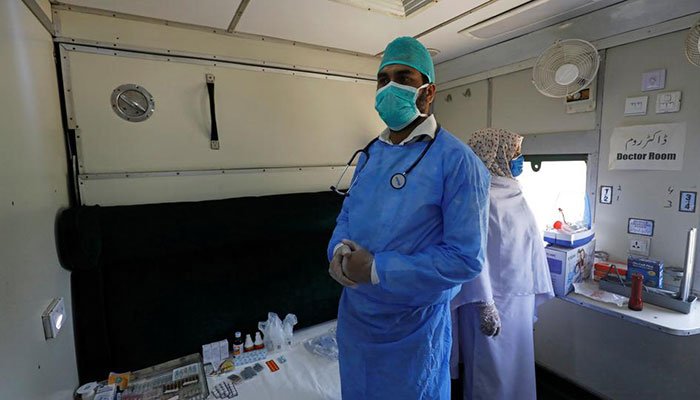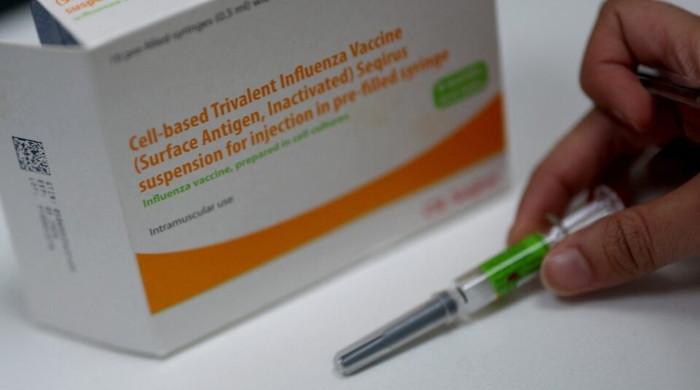Pakistan spending far less on healthcare than WHO-recommended amount
Pakistan spends only 1.2% of its GDP on healthcare, as per Economic Survey of Pakistan
June 11, 2021

- Pakistan spends 1.2% of its GDP on health.
- Pakistan records high number of cases of malnutrition.
- WHO recommends 5% of GDP to be spent on healthcare.
Pakistan is spending far less on healthcare than what is recommended by the World Health Organisation (WHO), according to figures released in the Economic Survey 2021.
The country is spending a meagre 1.2% of its GDP on healthcare while the WHO has recommended 5% of the GDP to be spent on the sector.
However, the figure is slightly more than 2017-18's (1.2% of GDP). The cumulative health expenditure by the federal and provincial governments went up 14.35% from Rs421.78 billion last year to Rs482.27 billion this year.
During the current fiscal, the federal government had allocated Rs20.194 billion for 71 health projects under the Public Sector Development Programme.
As far as healthcare projects go, the government introduced a Rs70bn healthcare programme to mitigate the impact of COVID-19 pandemic by upgrading health facilities, sewerage system, solid waste management, drinking water supply, and education.
The country’s health indicators continued to record improvement.
The life expectancy at birth increased from 66.9% in 2017 to 67.3% in 2019, while the infant mortality rate (per 1,000 live births) went down from 58.8% in 2017 to 55.7 % in 2019.
Moreover, the maternal mortality rate (per 100,000) has gone down from 276 in 2015 to 189 in 2019 while under five years mortality rate (per 1,000) has fallen from 71.6% in 2017 to 67.2% in 2019, and the population growth rate has recorded a decline from 2% in 2017 to 1.9% in 2019.
Compared with other Asian nations, Pakistan has the highest life expectancy at birth, infant mortality rate and under-five mortality rate and population growth rate.
According to the Economic Survey 2021, Pakistan has recorded a high number of cases of malnutrition, as per various reports by international groups. Around 40% of children under the age of five years are stunted and another 29% are underweight.
“The proportion of overweight children under five years of age is 9%. Similarly, more than half (57%) of adolescent girls and 42% women of reproductive age in the country are anaemic," states the report.
The economic costs of malnutrition are high and persistent with around 3% ($7.6 billion) of loss of GDP every year in the country due to low productivity from the poor physique, cognitive development, schooling, and increased health care costs.
The report also revealed that around 18% (38 million) of the country’s population was severely food insecure. The number of healthcare providers in the country has also registered an increase during the last year.
Originally published in The News









